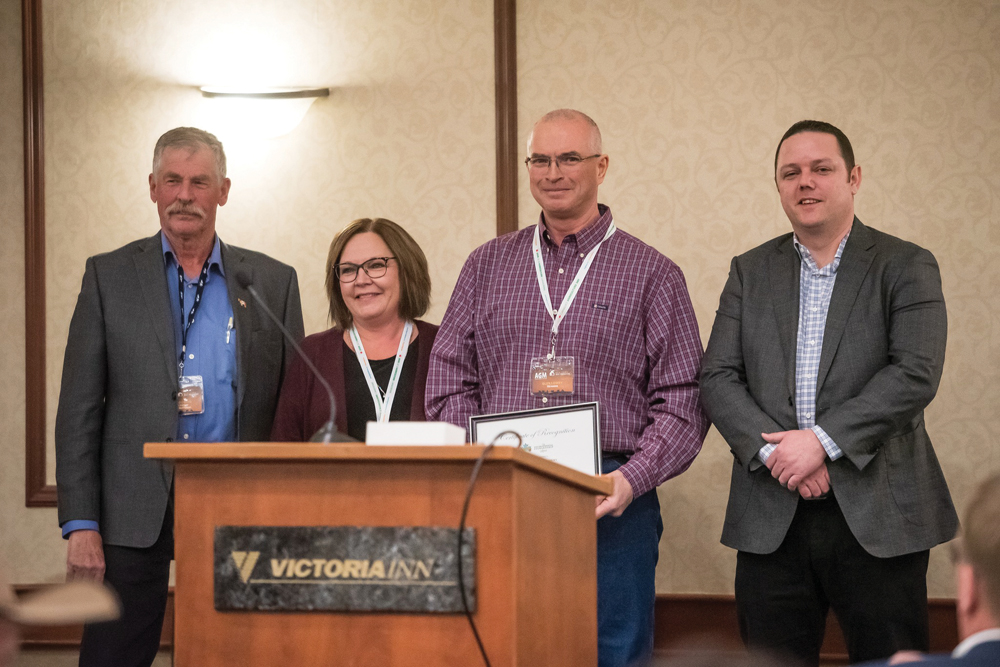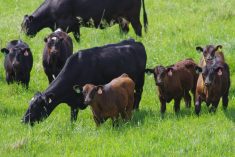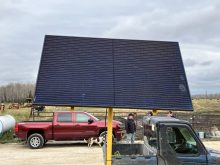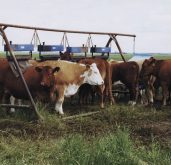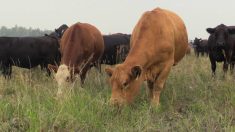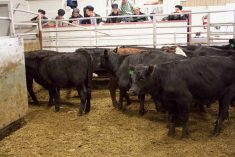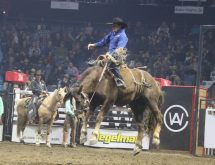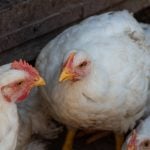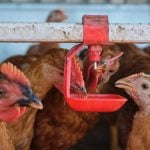The landscape neighbouring Pam and Glen Lowry’s farm near Darlingford has fewer trees and marshes than it did a few decades ago but that isn’t evident.
About 100 acres of the 320 that comprise the farm’s main grazing land are still woodland and wetlands. The rest is rolling grasslands, about 30 per cent of which is native pasture.
The land is the permanent home of about 80 cow-calf pairs — the herd winters on the same ground rather than being moved to a yard — as well as various wildlife species, some of them considered endangered.
Read Also
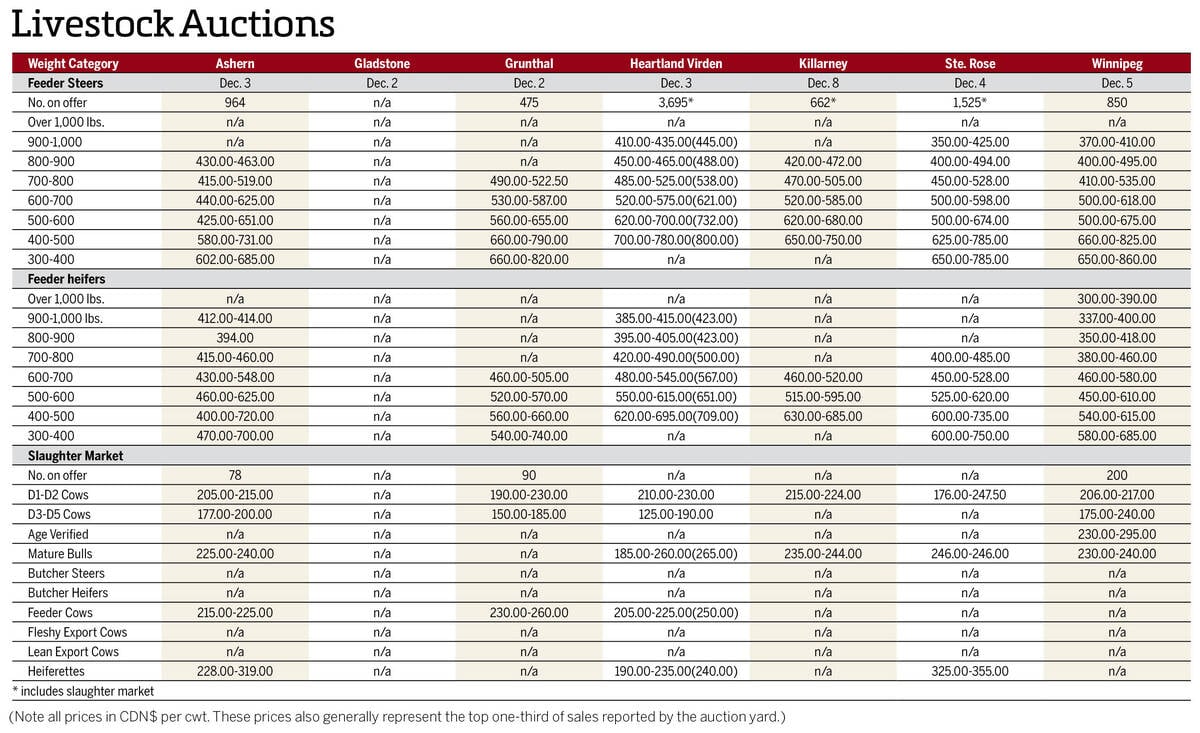
Manitoba cattle prices Dec. 10
Weekly cattle prices from Manitoba’s major livestock auction sales Dec. 3-Dec. 10.
Vulnerable wetlands are fenced to keep livestock out, and temporary cross-fencing divides the land during the growing season, augmented by water pipelines to support the Lowry’s system of rotational grazing. In total, almost two dozen paddocks scatter the grazing land, allowing the farming couple to move their herd daily.
When the weather turns cold, it’s time for bale grazing. The farm has an extra 200 acres for winter feed production.
“Every year we try to graze the paddocks at different times of year so that we have maximum growth and maximum productivity,” Glen Lowry said.
He also noted the farm’s habit of feeding cattle next to the trees in winter, an effort to maximize the amount of nutrient that is cycled back into the land through manure.
It’s a system the couple has been developing for more than 20 years, and one that won them The Environmental Stewardship Award (TESA) from Manitoba Beef Producers.
Why it matters: The Lowrys credit their management system for the land’s increased productivity.
The producer group gives the award each year to a farm that demonstrates environmental commitment through sustainable ag practices.
“The Lowry’s nomination package certainly demonstrated that,” an MBP statement read. “They use many different beneficial management practices to protect the land and water resources.”
Practices like extended grazing and rotational grazing are part of that portfolio, often linked to increased biomass, greater soil organic matter and other soil health traits.
Research also paved the way for the couple’s award. For the last several years, the Lowry farm has hosted projects from Living Labs Eastern Prairie, a federal program meant to bridge the gap between farmers and researchers and test new sustainable farm management techniques.
Research on the Lowry farm aims to put numbers to one of the biggest environmental issues in the cattle sector — the production of methane compared to carbon sequestration.
Other research on the farm has focused on forage production and surveying insect or pollinator populations, according to the couple’s nomination.
“These types of studies build knowledge about beef farming and the environment,” MBP says.
Switching gears
The Lowry’s journey toward sustainable management started with their first foray into pure cattle production.
“Around 1998, I was grain farming and cattle farming,” Lowry said. “I finally decided that our farm wasn’t big enough to sustain both and I was tired of grain farming so we switched to do straight cattle. We sowed everything down to grass at that point and doubled our cow herd.”
After that, the name of the game was increasing productivity. The Lowrys sought resources on holistic farm management, eventually connecting with mentors who pointed them to the practices now used on their farm.
The goal, Lowry said, was and is to improve the land at least a little each year, with tangible results.
“It’s been amazing. The productivity has gone way up,” he said. “All you have to do is give the grass a chance to grow and if you can feed the cows out on the grass and recycle the nutrients from the cattle [waste] back into the grass, the results are immediate.”
Improvements have allowed the couple to expand the cattle herd.
Wildlife have also benefitted from the pair’s management style. The farm is “an oasis for both their cattle herd and area wildlife, birds and insects,” said their nomination.
What comes next?
The farm has likely reached it maximum herd size with its current resources, Lowry said, although other additions are on the horizon.
This will be the first year the farm will boast a solar water system. The Lowrys previously partnered with the Manitoba Habitat Heritage Corporation to add five water retention sites to their land. Those projects will provide water for the new watering system.
The land’s topography has made some paddocks lighter on organic matter than he’d prefer, Lowry noted.
“In the next five years, [we’ll] just try to improve even more,” he said. “There’s still parts of the farm that I’m not totally happy with the productivity and the amount of topsoil.”
The couple will get the chance to highlight their operation on the national level later this year. Regional award winners will make their bid for the national TESA slot during the semi-annual meeting of the Canadian Cattle Association this summer.


